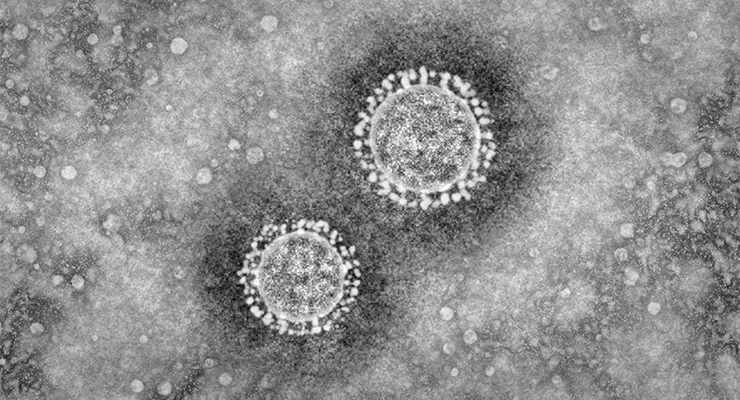
Two new Omicron subvariants are here to play as Australia enters yet another wave of COVID-19 infections. Australian state and federal health authorities have linked XBB and BQ.1 to a growing caseload, but experts are not yet concerned.
“To know whether a variant is going to be a real problem, you look at hospitalisations, ICU admissions, and deaths. And they’re not really going up, they’re staying constant,” infectious disease physician at the Alfred Hospital Dr Andrew Fuller told Crikey.
“These variants are a nuisance, but they’re not killing people. At this stage, it’s behaving much better than BA1 and BA2.”
Epidemiologically, XBB and BQ.1 are alike in name and game to other Omicron subvariants. The World Health Organization’s technical advisory group on SARS-CoV-2 virus evolution (shortened to a pithy TAG-VE) said in a statement on October 27 that neither subvariant is worrying enough to warrant their own title and would “remain part of Omicron, which continues to be a variant of concern”.
By raw numbers, XBB and BQ.1 are overtaking BA1 and BA2 globally and domestically.
In Singapore, where XBB was first detected, the combined subvariants now feature in more than 80% of all sequencing. In France and the UK they account for around 50% of cases. Same game for the US, which comes in at 27% (mostly concentrated in New York), up from 17% a week ago.
Australia’s data is based on wastewater analysis, and according to Victoria’s chief health officer Professor Brett Sutton the subvariants have a “combined prevalence of approximately 10%”. Sewage sampling is seen to be the most accurate way of collating COVID-19 data compared to self-reported cases, which are now few and far between.
Research by Nature pegs the national contribution at more than 20%.
The Australian case count has shifted from daily to weekly. But in the past three weeks, Victoria has jumped around from 8061 to 6860 to 8537. That’s an almost 25% rise.
NSW Health also noted the emergence of the two new subvariants and said close monitoring over the next 7-14 days would determine “growth potential” within the state.
Dr Andrew Fuller says the shift from one subvariant to another is to be expected with an RNA virus: “DNA viruses don’t mutate. When a DNA virus is multiplying and making new babies, any errors get deleted or fixed. But with RNA, the proofreading isn’t there and a mutant occurs.”
In short, there’s always going to be another variant. So long as vaccine uptake remains strong and antivirals are available, it’s business as usual.








“Business as usual” means long covid, of indeterminate duration and range and severity of health consequences; incidence currently estimated between 5 and 15 percent of reported covid cases.
Plus a very increased number of deaths! Over 12,000 since January first 2022.
“Business as usual “ needs cheaper less dangerous antivirals with a multi therapy approach.